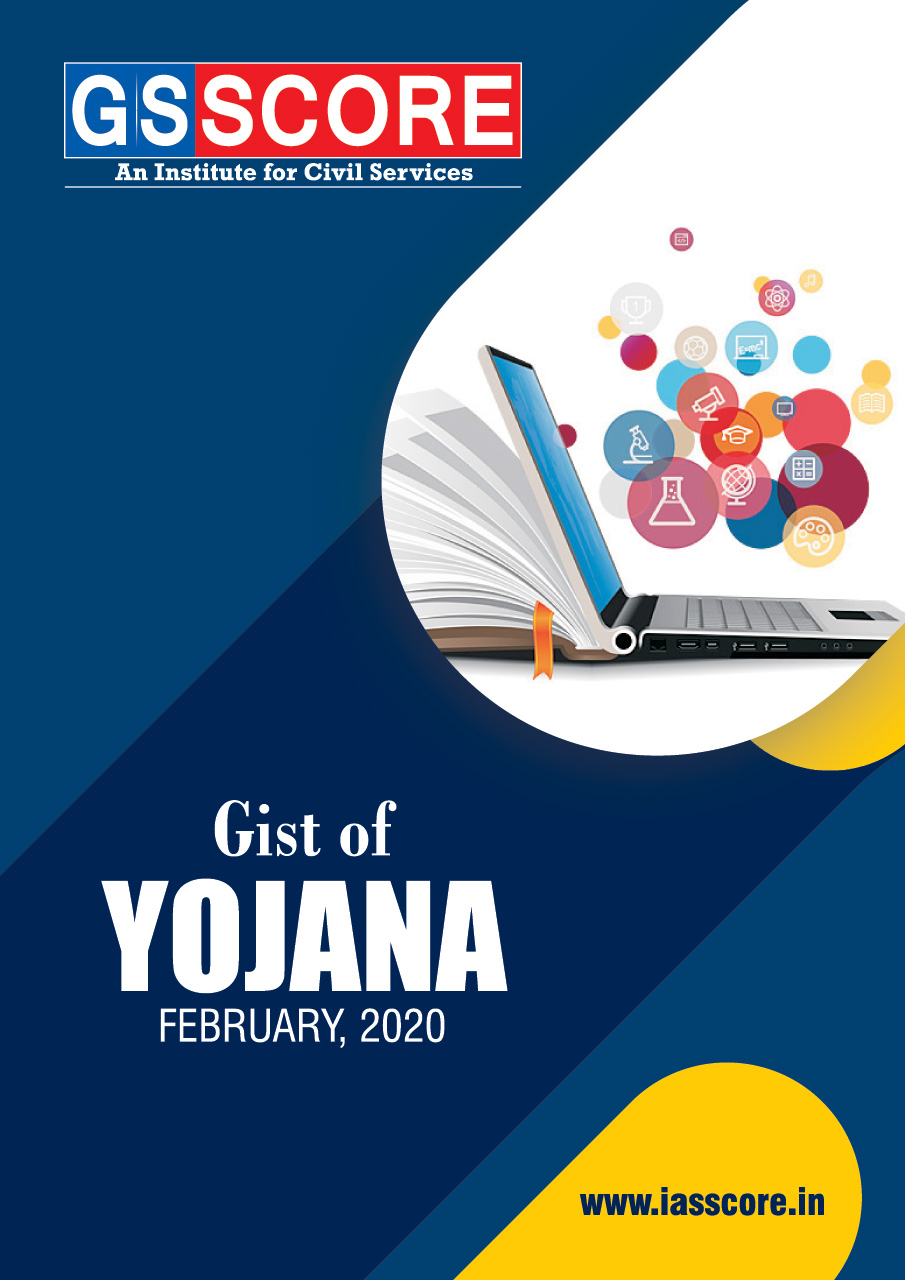


The Vice President of India called for inculcating scientific temper and nurturing the spirit of inquisitiveness among the children from a young age.
- He was addressing the 27th edition of the National Children’s Science Congress (30 December, 2019) in Thiruvananthapuram. It is a flagship programme of National council for Science and Technology Communication, Department of Science and Technology, Government of India.
Related Articles

